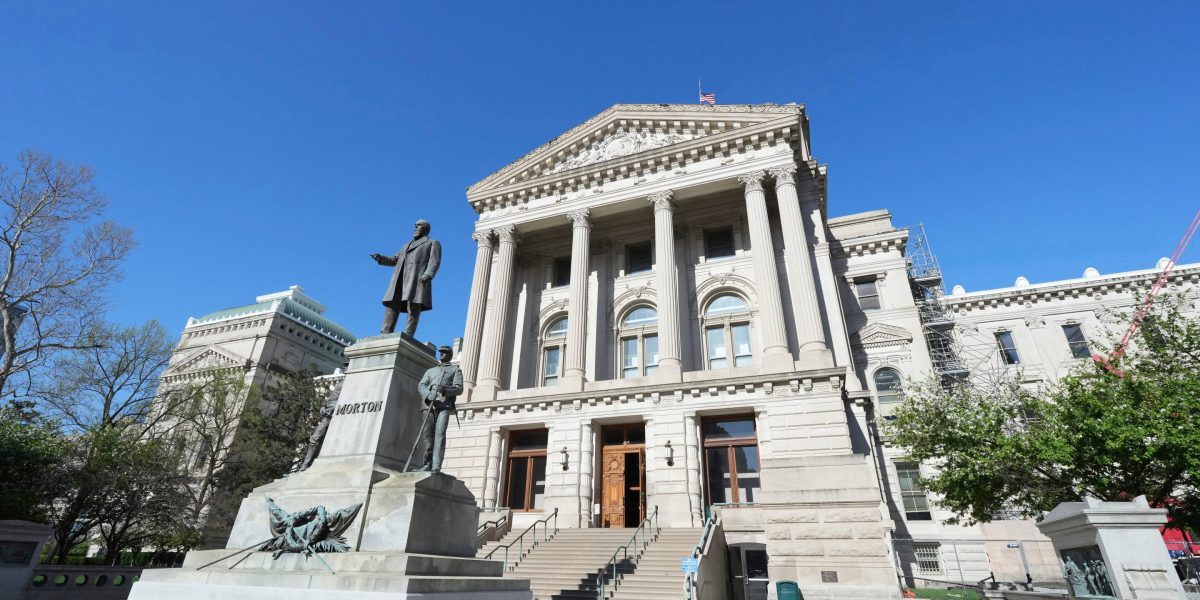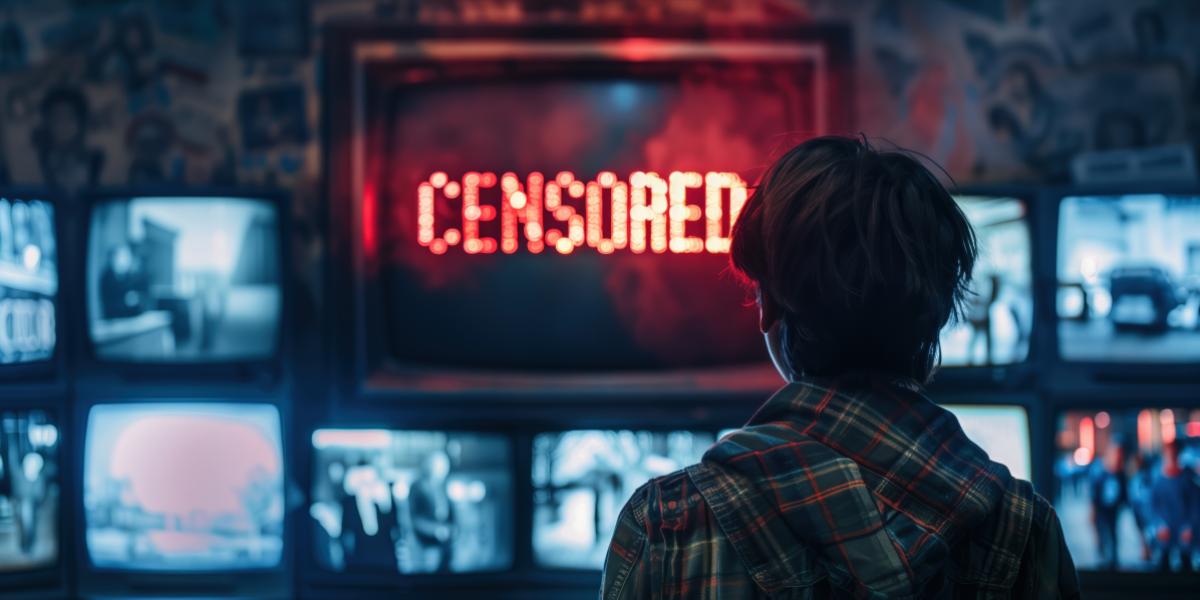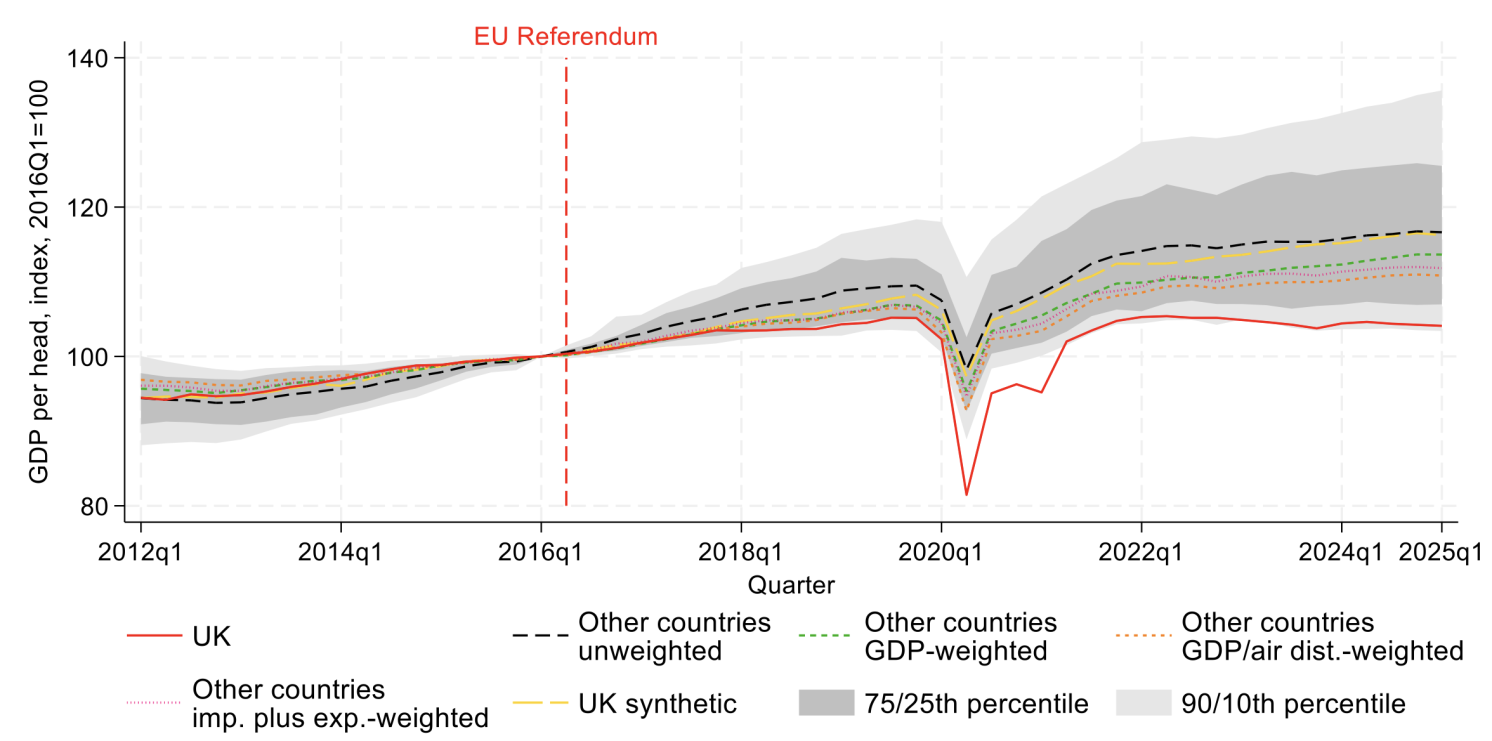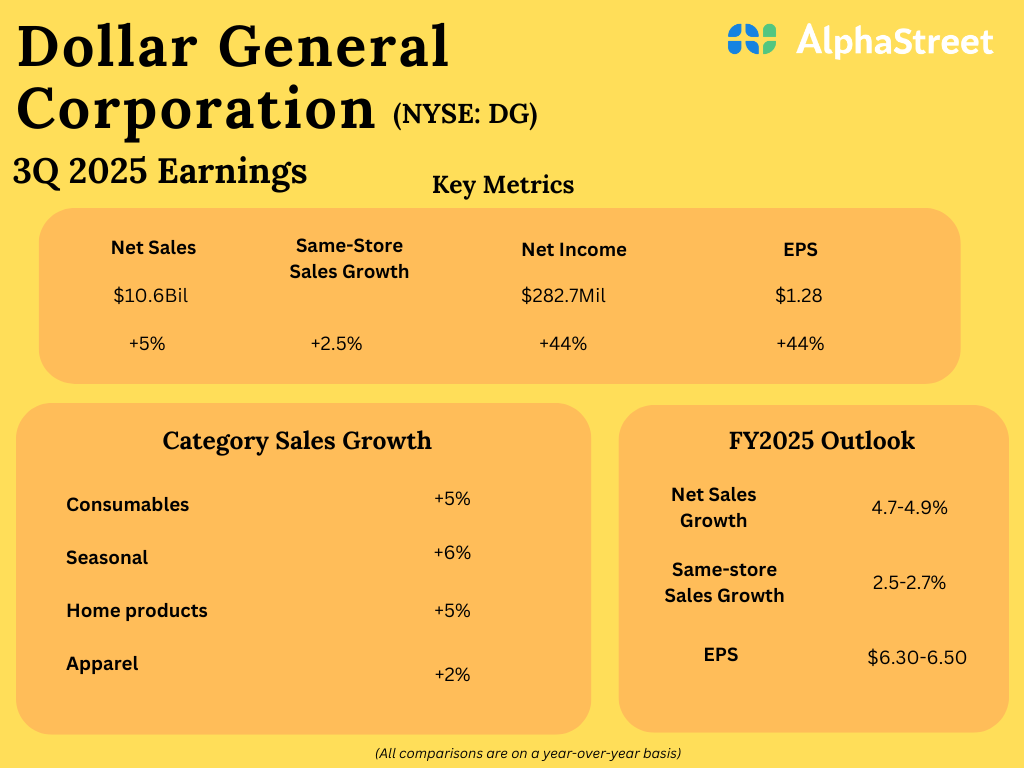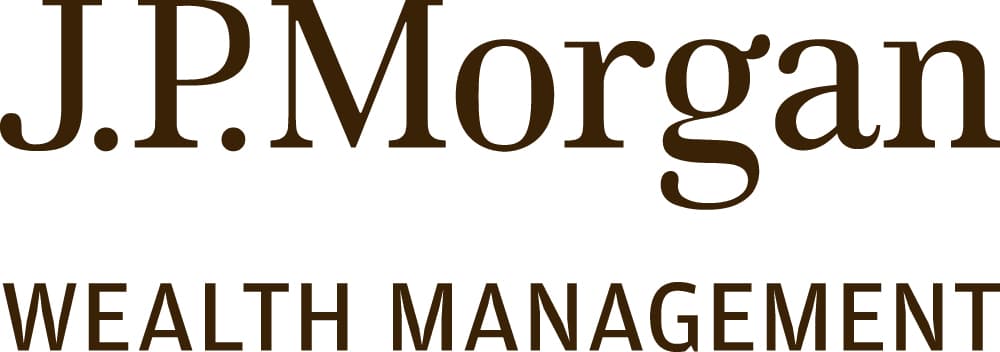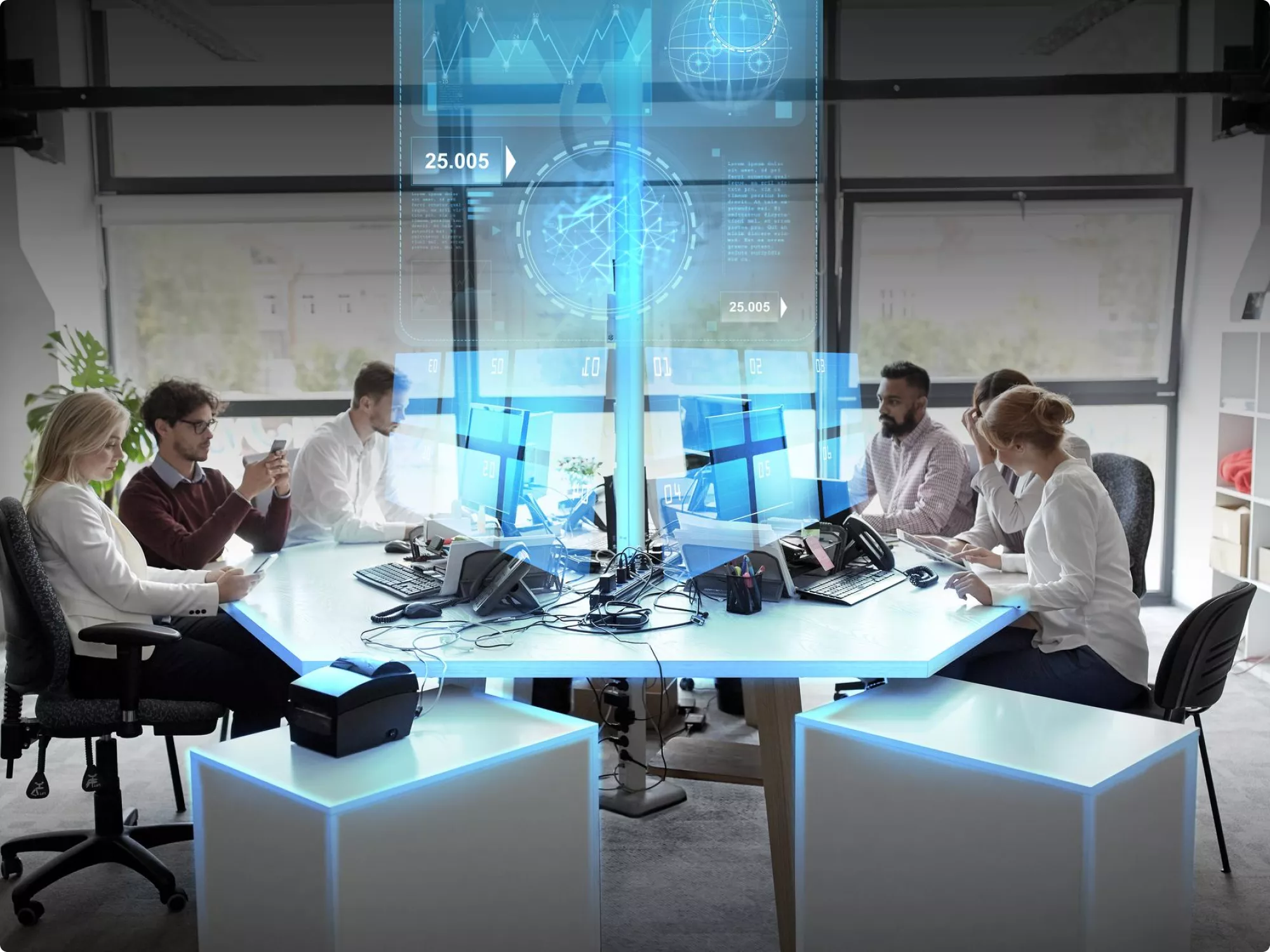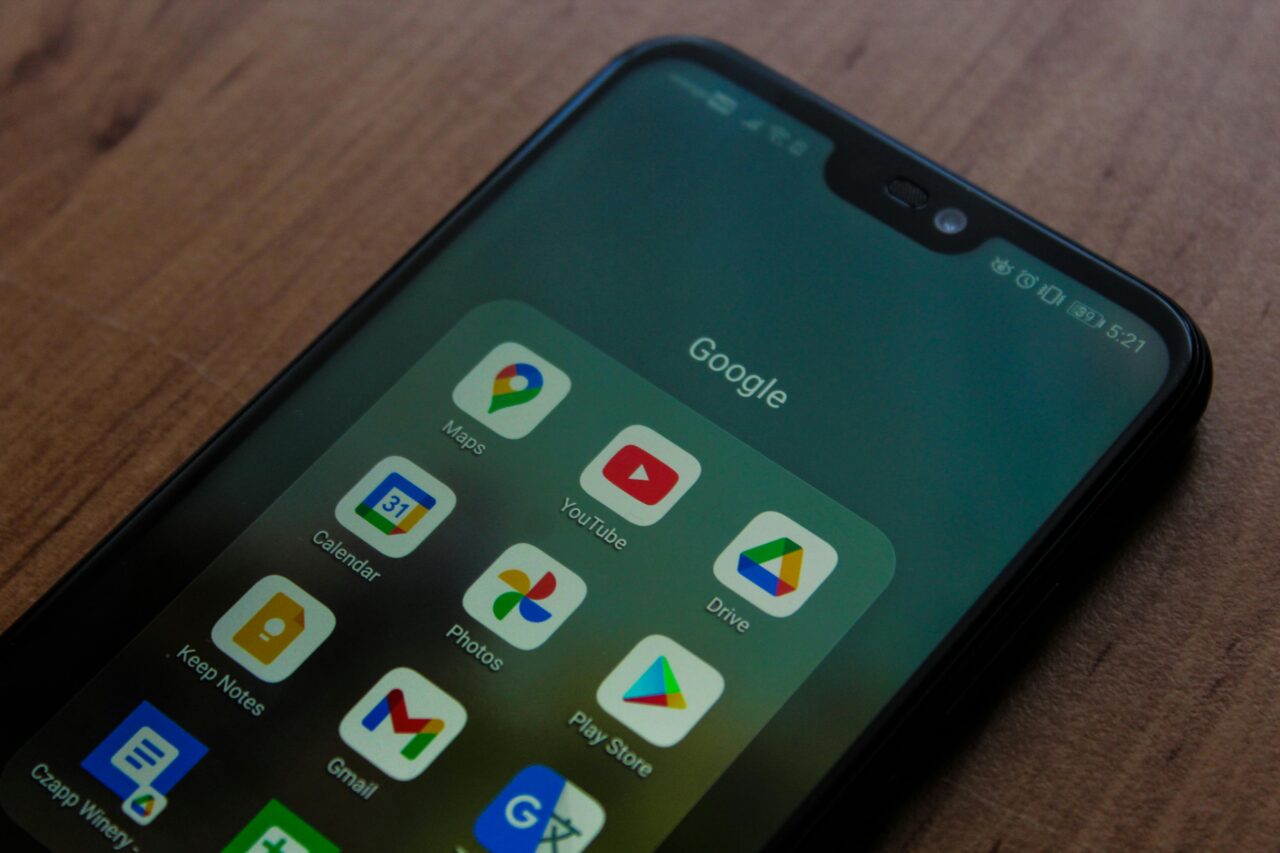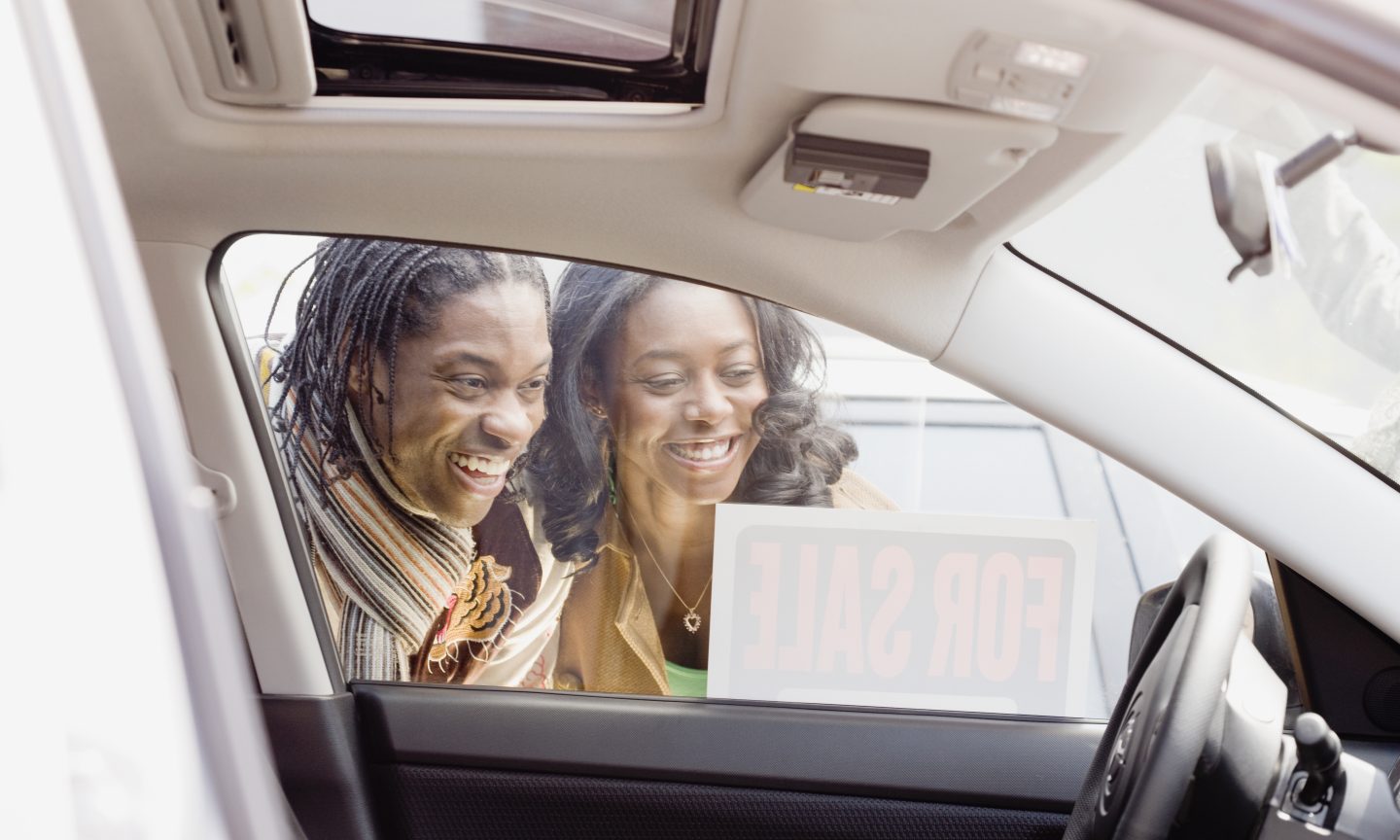Don’t expect car prices to drop significantly anytime soon.
Instead, new-vehicle prices — already at record highs — will remain elevated, automotive experts say. At the same time, used-vehicle pricing should moderate as the Federal Reserve continues raising interest rates to curb inflation. Analysts are closely tracking vehicle demand, with consumer sentiment low amid signs of a worsening economy and a resurgence in gas prices.
“It’s going to be a very turbulent next 12 months as these interest-rate hikes filter through the economy,” says Charlie Chesbrough, senior economist at Cox Automotive. “Certainly, they’re going to have an impact on the new- and used-vehicle markets.”
Prices skyrocketed during the pandemic as automakers dealt with ongoing supply-chain disruptions and a shortage of semiconductor chips, which power smartphones, refrigerators, TVs, cars and more. When new-car production slowed, Americans held onto their vehicles for longer, reducing supply on the used market and, in some cases, driving used prices higher than new.
And natural disasters like Hurricane Ian, which wreaked havoc in the Southeast, can potentially leave hundreds of thousands of cars totaled, further crunching supply and driving up prices.
New-car prices continue to rise
The average new-vehicle transaction price in August was $48,301, according to Cox-owned Kelley Blue Book — a record number fueled by low inventory, high demand and a shortage of incentives. Automakers are allocating available computer chips to high-margin vehicles, such as luxury offerings and SUVs with hefty price tags.
Meanwhile, high prices could increase as automakers face increased manufacturing costs. Ford said last month that it expected to spend an extra $1 billion on third-quarter inflation-related supplier costs.
“New car prices will likely be much higher over the next 12 months,” says Karl Brauer, executive analyst at car search engine iSeeCars.com. Because most vehicle purchases are financed, rising interest rates could dampen consumer demand and result in higher monthly payments, which approached $750, on average, before the latest hikes.
But if new-car demand falls, sellers may offer discounts to “sweeten the pot a little bit to pull customers in,” Chesbrough says. He adds that car buyers should see more normal pricing as the new-vehicle supply recovers.
New cars’ new normal
Pre-pandemic inventory levels are unlikely to return any time soon if ever, automotive experts say.
Before the pandemic, roughly 3.5 million new cars sat on dealer lots. In August, there were about 1.2 million, according to Cox. The anticipated sweet spot is somewhere in between.
“Dealers and automakers have found some real benefits to having less inventory — in terms of profits, margins, being able to plan a little bit better and not having to spend so much on incentives,” says Jessica Caldwell, executive director of insights at automotive research firm Edmunds. Deep discounts are likely off the table, she adds, at least for the next two years.
Chesbrough predicts that consumer habits could change following the pandemic. For example, instead of same-day purchases on the lot, customers may opt to order customized vehicles and wait for delivery.
Used-car prices inching down
Used-car sales have defied logic, with some used vehicles fetching higher price tags than their new counterparts, mainly due to scarce inventory.
But wholesale used-vehicle prices — what dealers are paying at auction lots — have declined in recent months, per Cox’s wholesale-pricing tracker, the Manheim Market Report. In addition, used vehicles have started to depreciate again, another sign that the market is returning to normalcy.
Used-car buyers, in August, paid a premium of $8,497, on average, compared with what they would have paid under normal market conditions, according to car-shopping app CoPilot’s “Return to Normal” index. That’s down from its June peak of $10,046.
Demand, however, may increase as buyers with lower incomes and below-average credit scores turn to used cars because they’re priced out of buying new vehicles.
“New vehicles are becoming more of a … luxury product,” Chesbrough says. “Even having the ability to buy a new vehicle and afford one certainly puts you on the upper end of American household incomes.”
Tips for buying a car now
Although conventional car-buying wisdom has been flipped on its head by the pandemic, there are still tried-and-true tips for buying a car, such as getting preapproved for an auto loan and requesting multiple dealer quotes.
Caldwell recommends looking at both new and used vehicles if you need to buy a vehicle now or in the next few months. Expand your search radius nationwide — you can use a car-buying app to do so — and consider vehicle delivery. If it’s not urgent, join a waitlist.
For new vehicles, don’t feel ripped off if you’re paying around the Manufacturer’s Suggested Retail Price, she says. “That’s just the way it goes right now,” Caldwell says.






